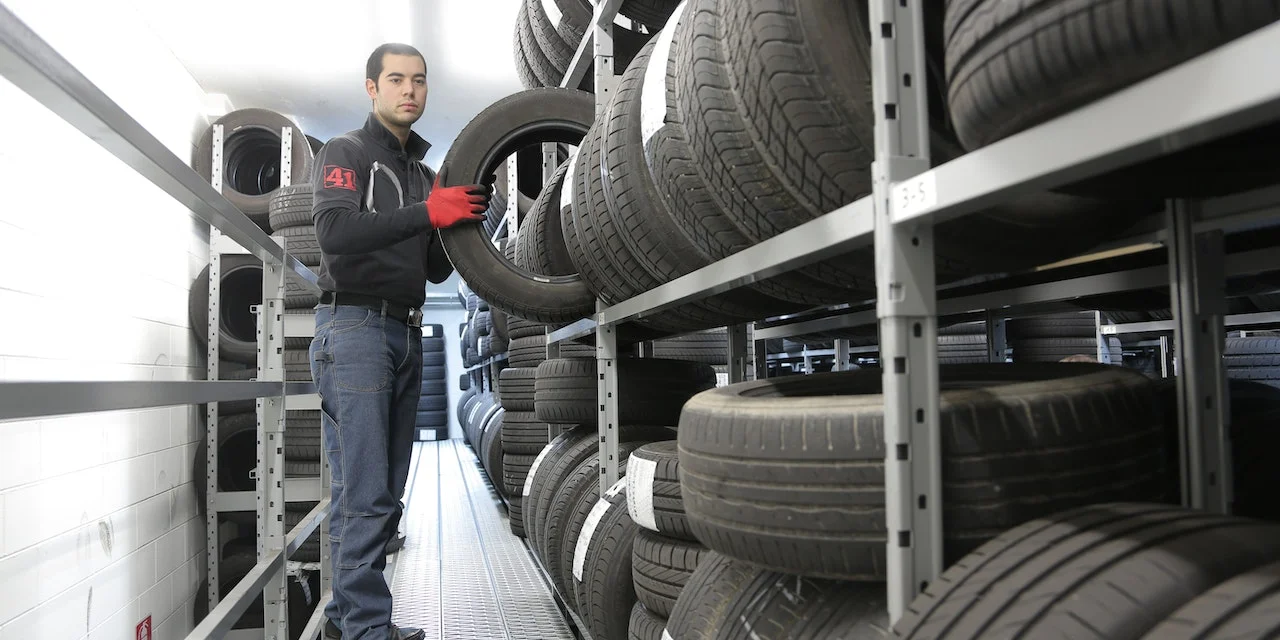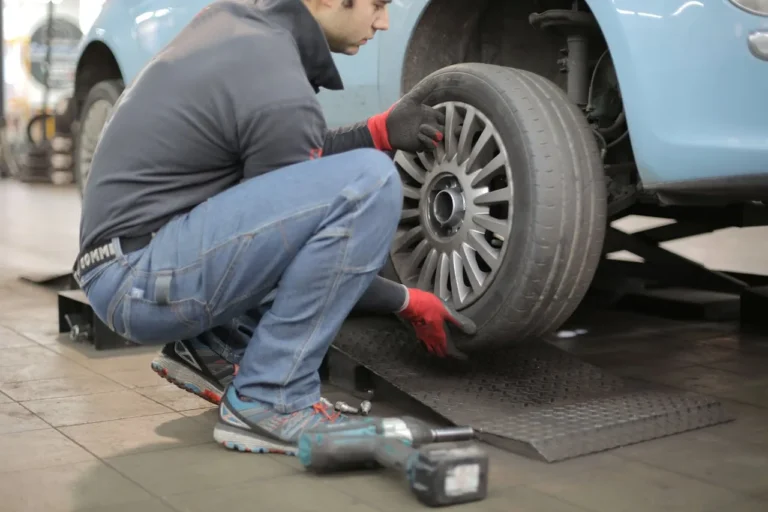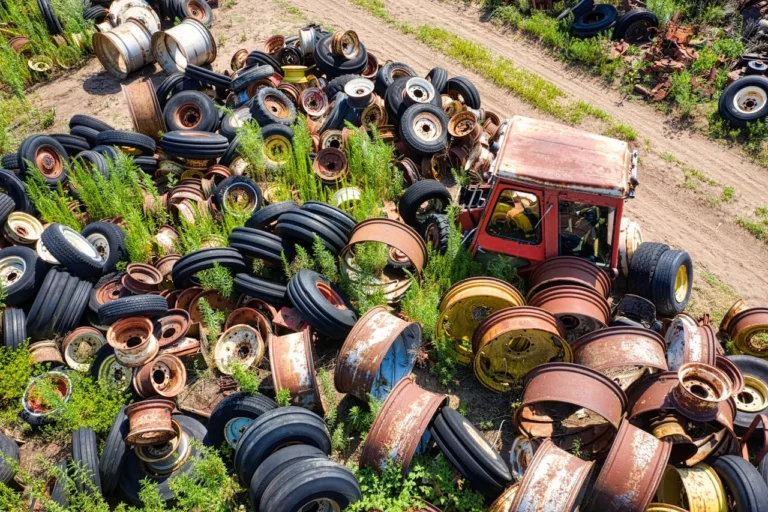
The “Global Agricultural Tires Market, By Tire Type; By Application; By End User-Estimation & Forecast, 2017-2030” report has been added to ResearchAndMarkets.com’s offering.
The global agriculture tires market is on a growth trajectory, with an estimated expansion from USD 9.64 billion in 2022 to USD 14.21 billion by 2030, reflecting a Compound Annual Growth Rate (CAGR) of 5.14%.
This market is influenced by factors such as increasing sales of agricultural vehicles, government initiatives, technological advancements, and high replacement rates.
Key Market Drivers:
- Rising Sales of Agricultural Vehicles: The demand for agricultural vehicles like tractors, harvesters, and sprayers is increasing as farming practices become more mechanized, especially in developing countries transitioning to modern, machine-based farming.
- Favorable Government Initiatives: Governments worldwide offer subsidies and initiatives to promote modern farming techniques, making agricultural machinery, including tires, more affordable for farmers, thereby boosting demand.
- Technological Advancements: Advanced tire manufacturing technologies have led to the production of more durable, efficient, and long-lasting agriculture tires, influencing farmers to replace old tires with new ones.
- High Replacement Rate: The rigorous use of tires in agriculture results in a high wear and tear rate, leading to frequent replacements.
- Increasing Population and Food Demand: Growing global population and food demand exert pressure on the agriculture sector to enhance productivity, leading to increased reliance on mechanized farming and higher demand for agriculture tires.
- Adoption of Radial Tires: Radial tires, offering better ride quality and longevity, are gaining popularity, especially among informed farmers.
Challenges:
- High Manufacturing Costs: Rising raw material prices like rubber, steel, and nylon contribute to high manufacturing costs, potentially impacting market growth.
- Environmental Concerns: Environmental regulations related to tire disposal and recycling pose challenges to the market, pushing manufacturers to explore eco-friendly materials and methods, which can increase production costs.
- Economic Volatility: Unpredictable economic conditions and currency exchange rate fluctuations can affect raw material costs and production expenses.
Market Segmentation:
Tire Type:
- Bias
- Radial
Application:
- Tractor
- Harvesters
- Attachments/Implements
- Sprayers/Irrigation
- Forestry
- MPT (Multi-purpose Tires)
- Others
End User (Distribution Channel):
- OEMs
- After Market
- Online
- Offline (Specialized/Tire Retail Store)
- Retread Tires
Regional Overview:
- North America: USA, Canada, Mexico
- Europe: Germany, France, UK, Spain, Italy, Poland, Russia, Rest of Europe
- Asia Pacific: China, Japan, India, Australia & New Zealand, ASEAN, Myanmar, South Korea, Rest of APAC
- Middle East & Africa: UAE, Saudi Arabia, South Africa, Rest of MEA
- South America: Argentina, Brazil, Rest of South America
Competitive Landscape:
Major players in the market include Continental AG, Alliance Tire Company Ltd., CEAT ltd., China National Rubber Tire Co., Coker Tires, Balakrishnan Industries Limited (BKT), Bridgestone Corporation, Duratread, Michelin Group, and more. Collaboration with major brands, focus on quality, and proactive strategies have positioned these players strongly in the global agriculture tires market.








